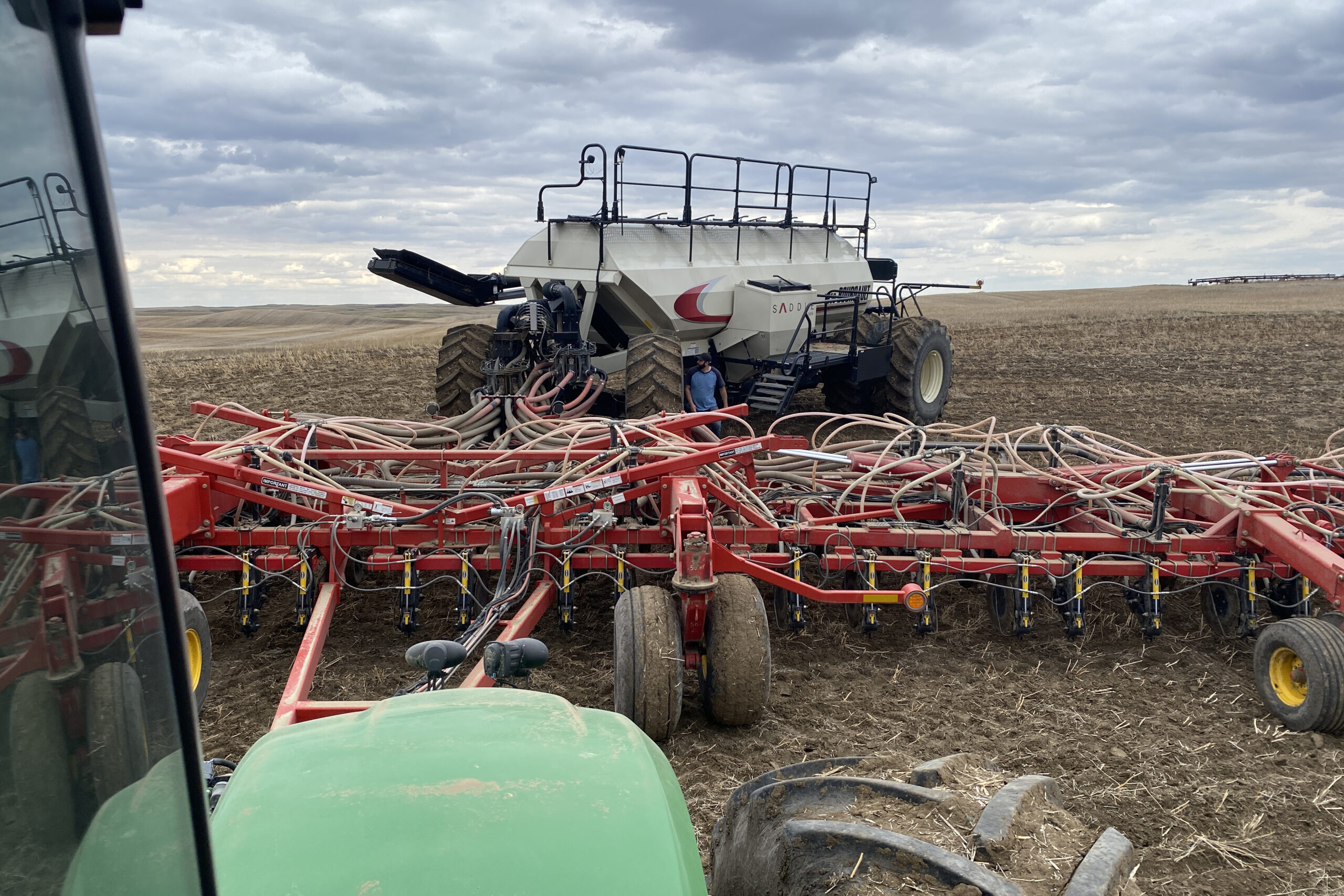By Peter Semmler, Agrisemm Global Brokerage
February 2021
Favourable and timely weather events in November and December certainly increased the final production numbers as alluded to in the November 2020 update. While growers and agronomists have become very adept in choosing the right varieties and practices to maximize yield and quality, in a given year weather is what delivers yield and production. A manifestation of the impact of COVID-19 has been the horrendous impact on shore-side logistics and export shipping. All of the shippers Agrisemm Global Brokerage canvassed for this report said shipping issues had seriously impacted their ability to get enough containers to cover export sales and ship on time. They comment that the time required to execute contracts has pretty much doubled in the last five months.
While these problems are bad enough, the behaviour of the shipping lines has been very challenging at best. Freight rates are now only held firm for one month and these are only advised 1-2 weeks prior to the start of the month. Exporters are reluctant to make contracts more than one or two months ahead as there is no freight cover. To maximize container availability for the most lucrative trade routes, some shipping lines are loading empty containers from Australia to improve the turnaround time. This practice reduces the availability of containers for exporters.
While the physicality issues are bad enough, shipping companies are now starting to sharply increase freight rates. One shipper states that his base rate for a 20 foot container had been ramped this week from $1,000 to $1,500 USD. It will be an interesting arm wrestle between the farmer and the overseas buyer as to who will end up paying the $26 AUD per tonne this increase amounts to.
January Production Estimates
Desi Chickpeas
In the November report the estimate was 750,000 to 800,000 tonnes. After checking with traders, higher yields than forecast will mean the final production could be closer to 900,000 tonnes. On the demand side exports over the last two years have been well down as a function of the Indian tariffs. That will mean Bangladesh, Pakistan, and the United Arab Emirates (UAE) will be the target markets for 2021. Even if expected higher sales are achieved Australia will be left with a significant carry-in stock at the end of the 2021 shipping year. Farmers are tending towards a long-term view meaning they will hold their chickpeas until the market improves. Despite the excess of stock over sales, prices have remained reasonably firm to-date, with prices quoted at $570 USD per tonne cost and freight (CFR) Karachi.
Red Lentils
The 2020/2021 shipping year started with a small carry-in stock as a result of exports of around 698,000 tonnes of red lentils in the previous year. Some of these lentils had been in storage for three years. When the price finally improved to a level farmers were happy with, exports really opened up. Our previous estimated production for 2020/21 was 550,000-600,000 tonnes based on a conservative yield of 2.2 tonnes per hectare (t/ha) or 33 bushels per acre (bu/ ac). The weather prior to harvest was very friendly to the lentil crop and apart from the Mallee area where yields were around 2 t/ha (30 bu/ac), the yields for much of the Victorian crop were well over 3 t/ha (45 bu/ac). By all reports, apart from a few small areas, the quality of the crop this year is very good. Based on our revised yield we have increased our lentil production estimate to around 950,000 tonnes. The red lentil market remains quite firm with a price around $625 USD per tonne CFR Karachi quoted this week.
Faba Beans
Following a solid export year for faba beans, the carry-in stock for the 2020/21 shipping year was minimal. Prices for faba beans to the major market Egypt declined by around $60 USD per tonne basis CFR Damietta during the year, as expectations for a large crop firmed. Exports for the first two months of the 2020/21 year were higher than normal as shippers scrambled to execute higher priced contracts. With all of the problems of shipping in containers, several of the major exporters opted to ship to Egypt in bulk. Information gleaned from stem lists indicate around 154,000 tonnes has or will be shipped to Egypt by March. This equates to around 75% of normal imports. In fact, with the exports in containers in October and November of 64,180 tonnes, this means close to 220,000 tonnes will arrive to Egypt by early April. This is more than a normal year’s imports and hopefully means the lower price is supporting higher sales. Buyers will appreciate the high level of bulk exports which are cheaper to discharge.
On the production side, yields in northern South Australia were around 2 t/ha (30 bu/ac). However, from southern South Australia into the western districts of Victoria the yields were much better, with some crops yielding over 4 t/ha (59 bu/ac). Consequently, we have increased our forecast to 730,000 tonnes.
To conclude, 2020 has been a great year for most farmers in Australia. The challenge now remaining is to export the large crops.
Peter Semmler is the Principal of Agrisemm Global Brokerage. He can be reached at peter@agrisemm.com.
February 2021 Australia Pulse Market Update
| Estimated Planted Area, June 2020 (hectares) | Desi Chickpeas | Faba Beans | Dun Field Peas | Red & Green Lentils |
| New South Wales | 165,000 | 60,000 | 34,000 | 2,000 |
| Victoria | 62,000 | 82,000 | 74,000 | 125,000 |
| Queensland | 210,000 | 7,000 | 0 | |
| South Australia | 11,000 | 78,000 | 95,000 | 113,000 |
| Western Australia | 4,000 | 6,000 | 38,000 | 10,000 |
| Pulse Australia Estimated Planted Area, November 2020 | 452,000 | 235,000 | 241,000 | 250,000 |
| Pulse Australia Estimated Production (tonnes), November 2020 | 773,000 | 461,000 | 378,000 | 358,000 |
| ABARES September 2020 Production Estimate | 737,000 | 516,000 | 278,000 | 616,000 |
| Agrisemm Total Area Estimate (hectares), November 2020 | 470,000 | 301,000 | 241,000 | 270,000 |
| Agrisemm Estimated Production (tonnes), November 2020 | 900,000 | 730,000 | 370,000 | 950,000 |
| Export Data (tonnes) | ||||
| November 2015 to September 2016 | 1,145,140 | 263,349 | 129,831 | 193,151 |
| October 2016 to September 2017 | 2,269,864 | 414,692 | 253,035 | 858,954 |
| October 2017 to September 2018 | 821,235 | 295,263 | 130,464 | 507,958 |
| October 2018 to September 2019 | 334,296 | 283,125 | 79,415 | 361,072 |
| October 2019 to August 2020 | 357,904 | 325,352 | 52,488 | 697,960 |
| October 2020 to November 2020 | 114,184 | 80,083 | 12,961 | 72,823 |
Source: Bureau of Statistics, Pulse Australia


